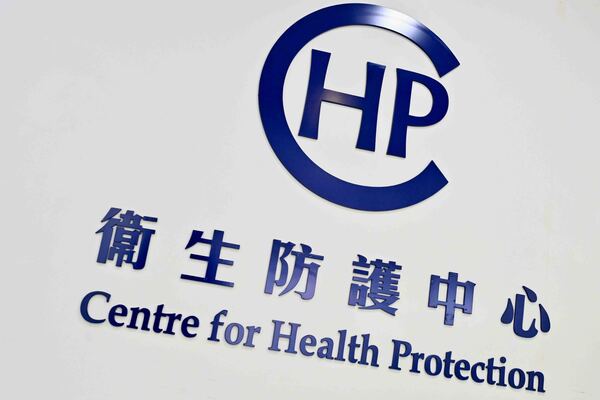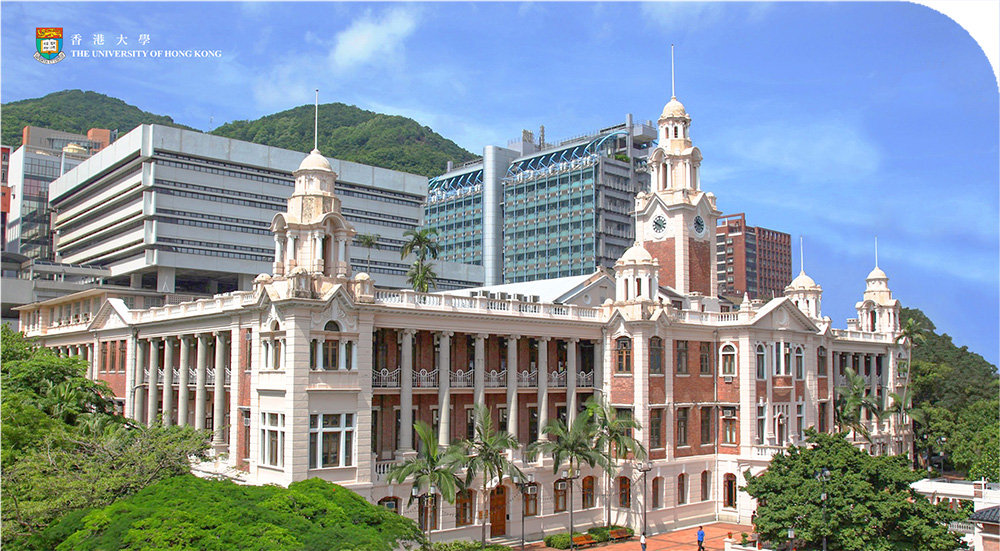On April 23, 2025, the Census & Statistics Department of Hong Kong released its latest inflation report, revealing that overall consumer prices increased by 1.4% year-on-year in March. This rate of increase is notably smaller than the average rate observed in January and February, indicating a slight moderation in price pressures.
To better understand the underlying trends, the government adjusted the figures to exclude the effects of one-off relief measures. Even after these adjustments, the underlying inflation rate was found to be lower than the average rate of increase in the first two months of the year. This suggests that the relief measures, while helpful, were not the sole factor in the reduced inflation rate.
Breaking down the data, we see that price increases were recorded in several key categories. For instance, the cost of electricity, gas, and water rose, reflecting ongoing operational and supply costs in these essential services. Alcoholic drinks and tobacco also saw price hikes, which could be attributed to increased taxes or higher production costs. The transport sector experienced price increases, likely due to higher fuel costs and operational expenses. Housing costs, a significant component of the consumer price index, also went up, influenced by factors such as rental prices and property maintenance costs.
Additionally, the prices of meals out and takeaway food increased, which might be due to higher raw material costs and labor expenses. Miscellaneous goods and services, a broad category that includes items like personal care products and household items, also saw price increases. These rises can often be linked to broader economic trends, such as supply chain disruptions or increased demand.
On the other hand, some categories experienced year-on-year decreases. Clothing and footwear prices fell, possibly due to increased competition and promotional activities. Basic food prices also decreased, which is a positive sign for consumers, as it can help reduce the overall cost of living. Durable goods, such as appliances and electronics, saw price drops, which could be attributed to technological advancements and increased production efficiency.
The government’s statement on the inflation report is cautiously optimistic. They noted that overall inflation should remain modest in the near term, with external price pressures expected to be broadly in check. However, they also highlighted the need to monitor escalating trade conflicts, which could introduce new challenges and uncertainties.
To put this in context, trade conflicts can lead to tariffs and other trade barriers, which can increase the cost of imported goods and, in turn, drive up consumer prices. For example, if a trade conflict leads to higher tariffs on imported electronics, the cost of these goods could rise, potentially offsetting the recent decreases in durable goods prices.
In summary, the March 2025 inflation report for Hong Kong shows a moderate increase in consumer prices, with some categories experiencing price hikes and others seeing decreases. The government’s measures and the broader economic environment are contributing to a relatively stable inflation rate. However, ongoing vigilance is necessary to address any potential disruptions from external factors, such as trade conflicts. For consumers, this means that while the overall cost of living remains manageable, it is important to stay informed about price trends in specific categories to make informed financial decisions.



